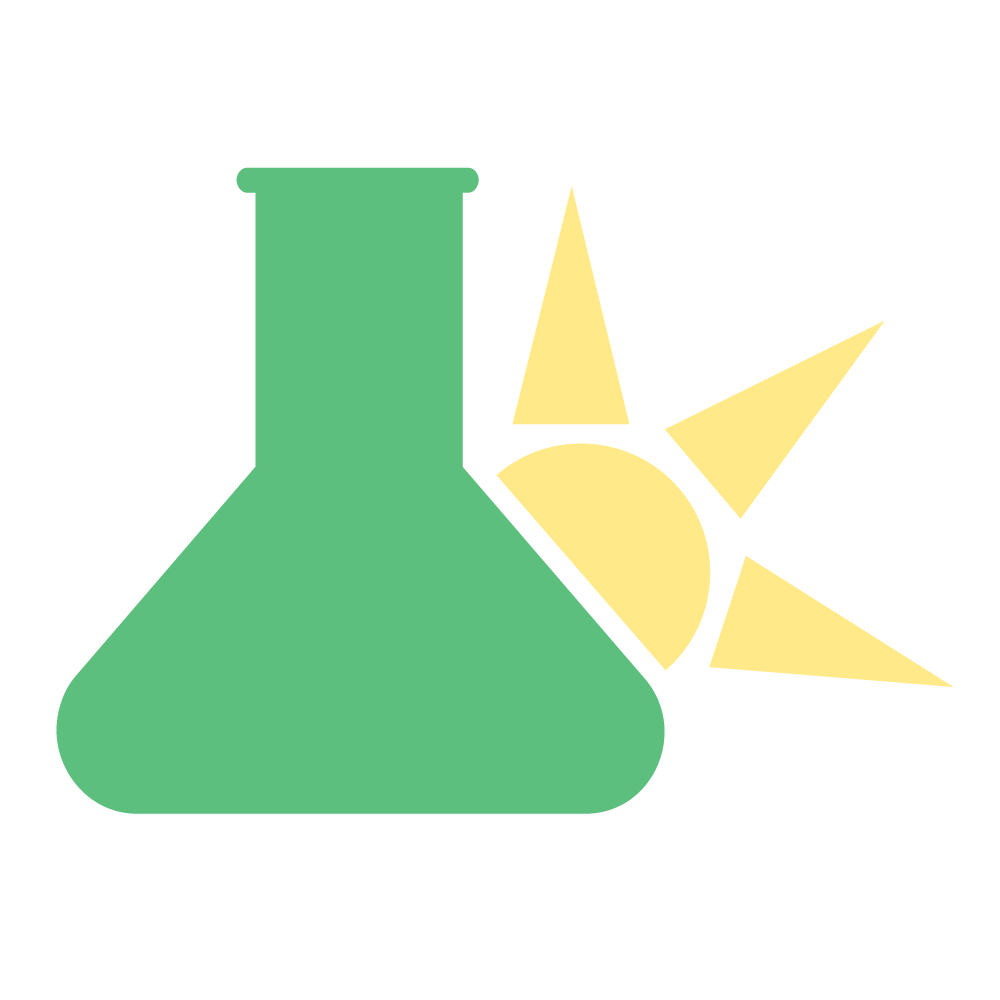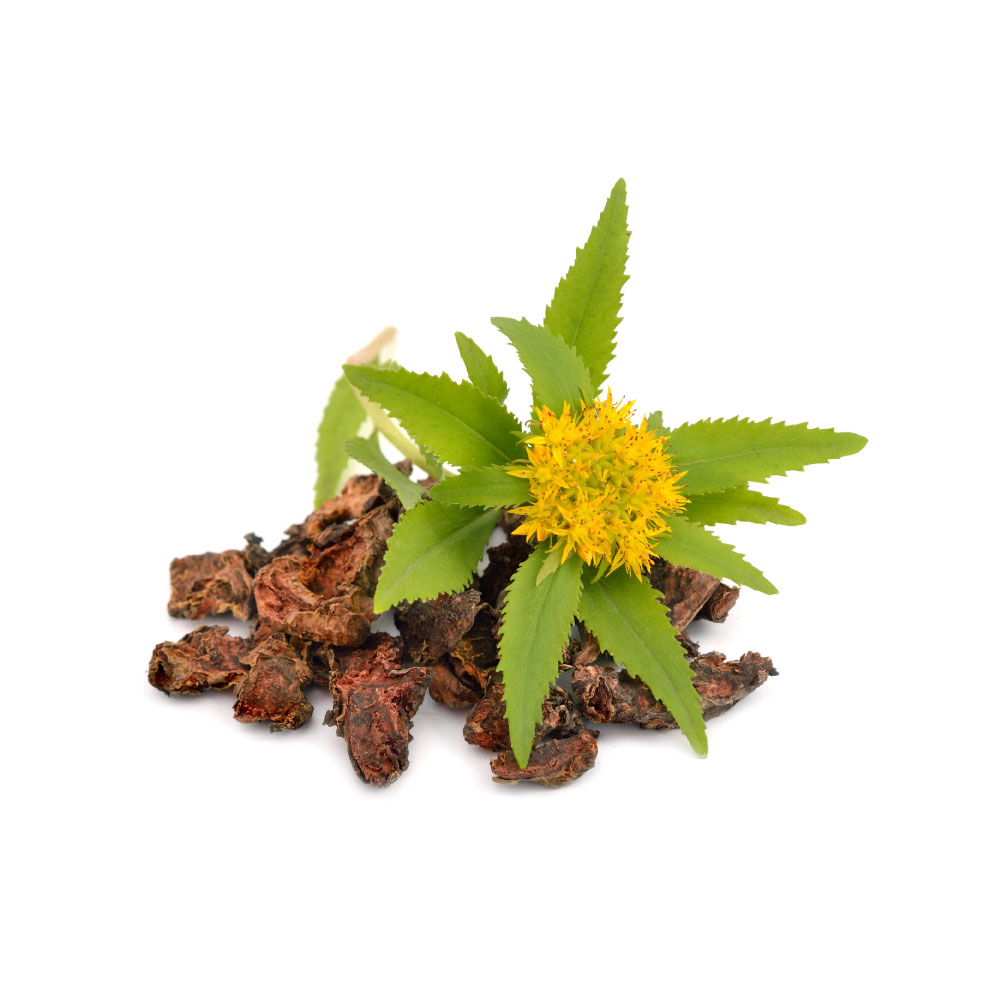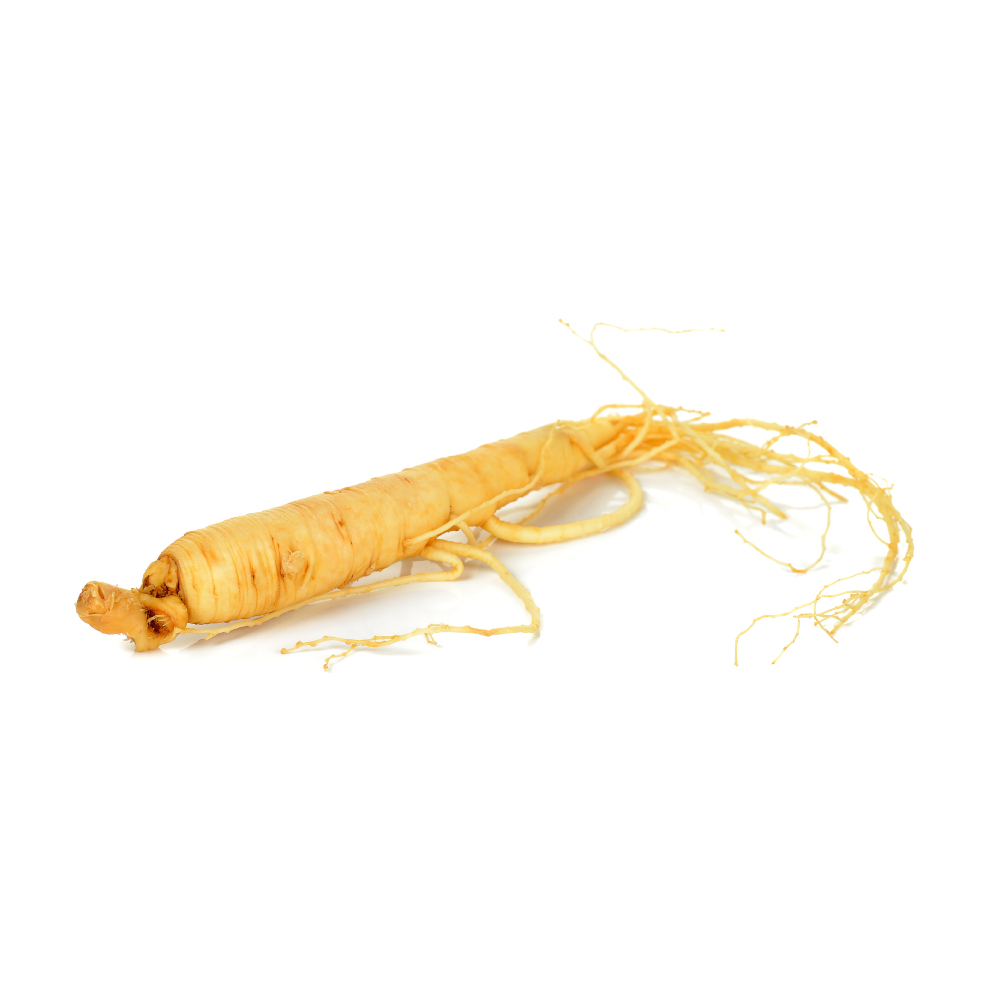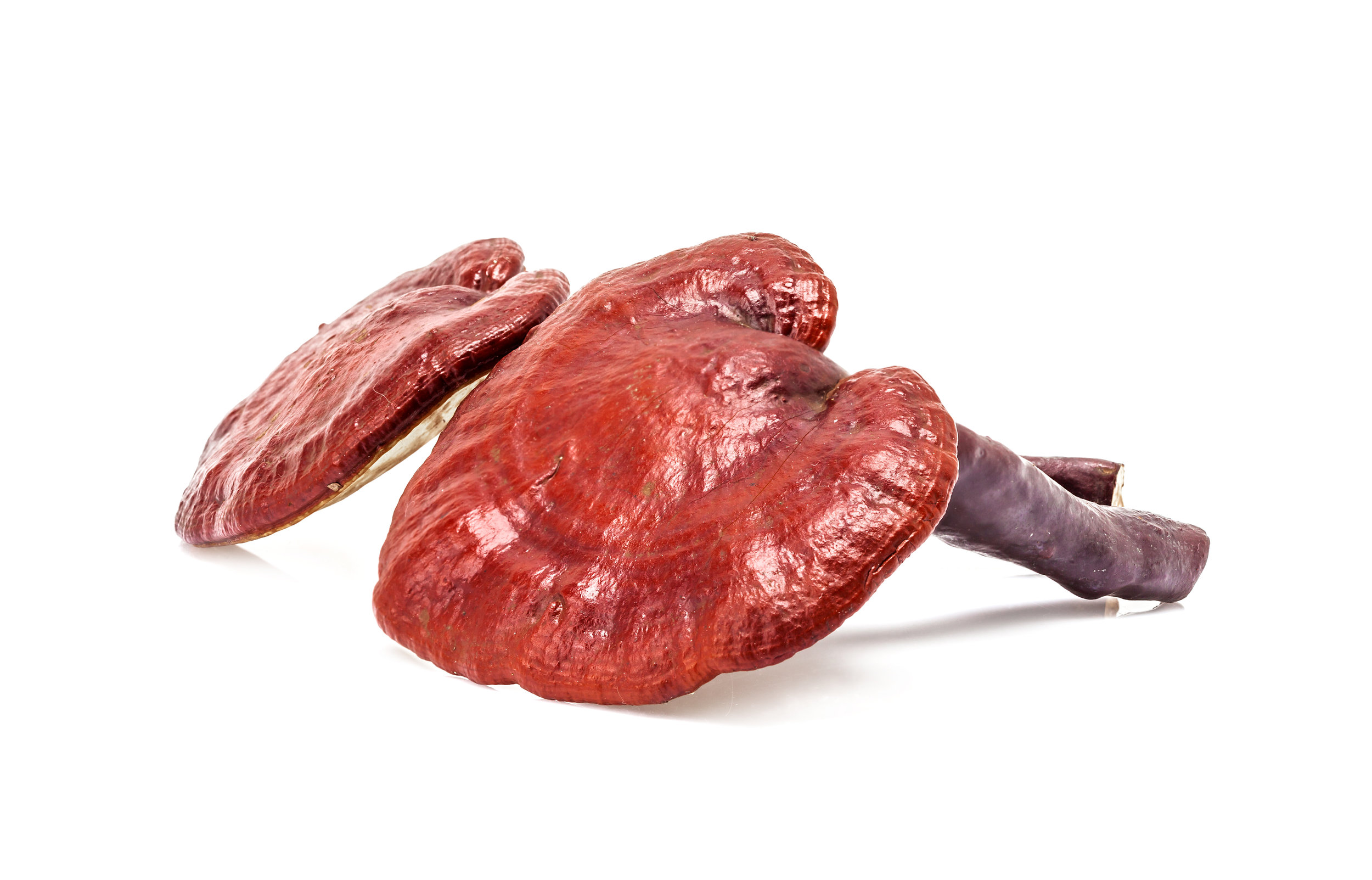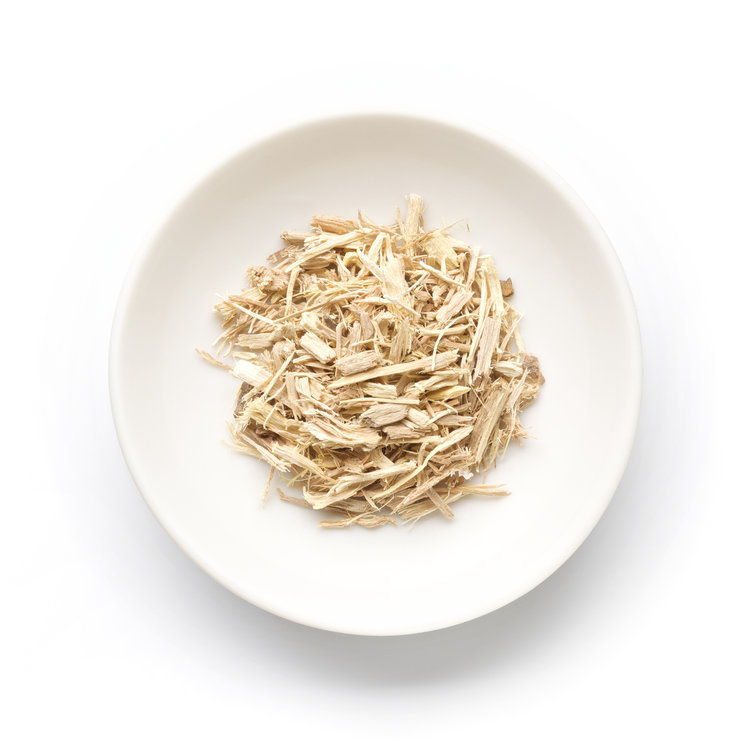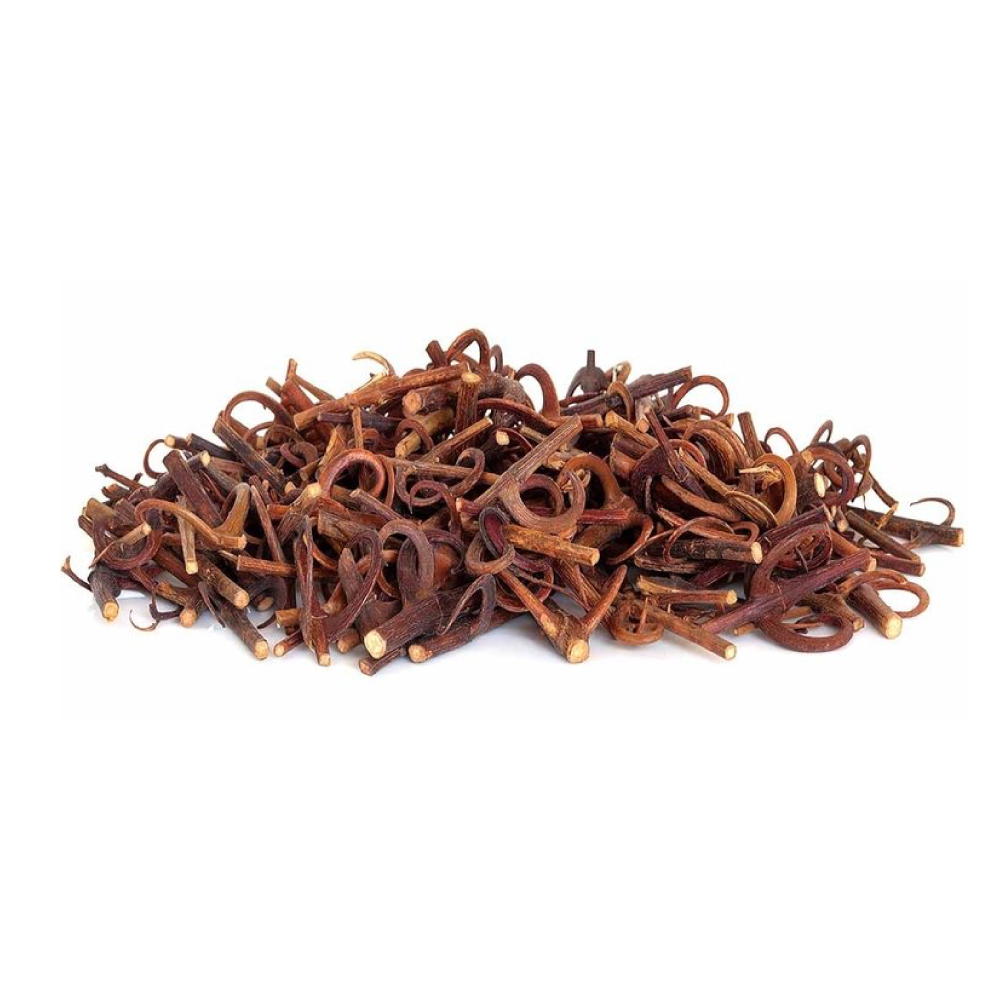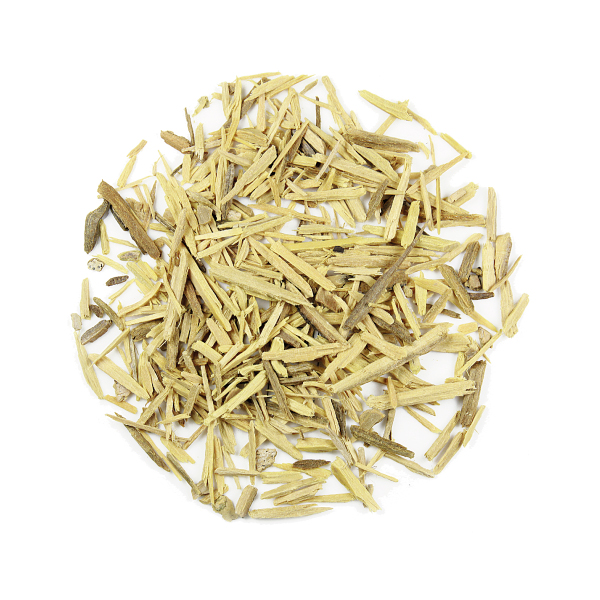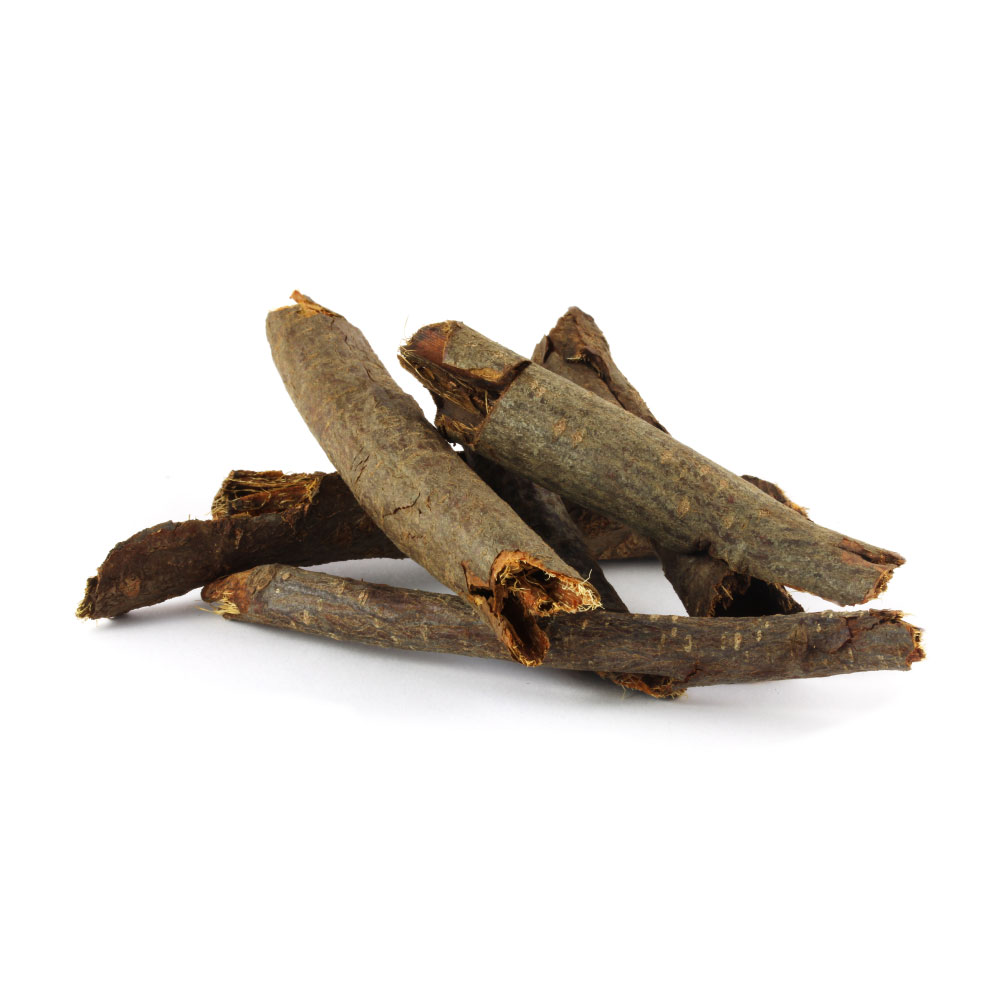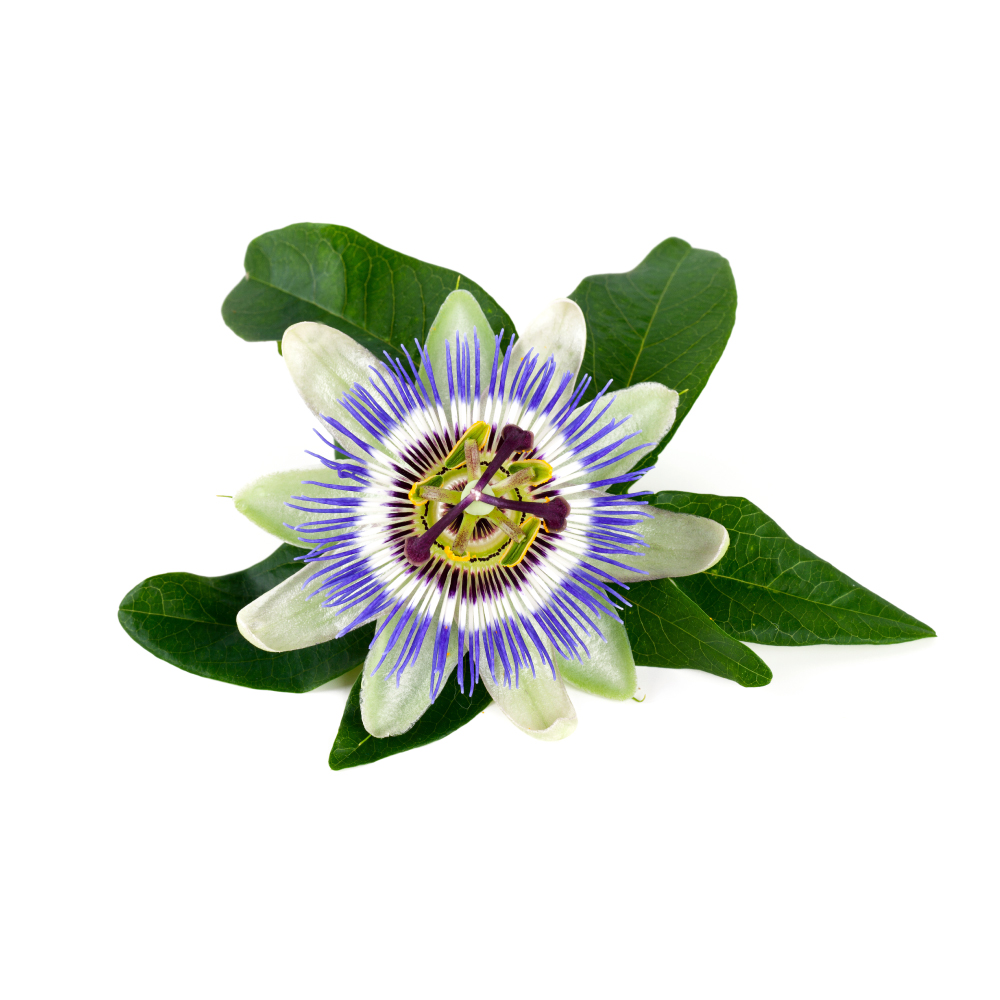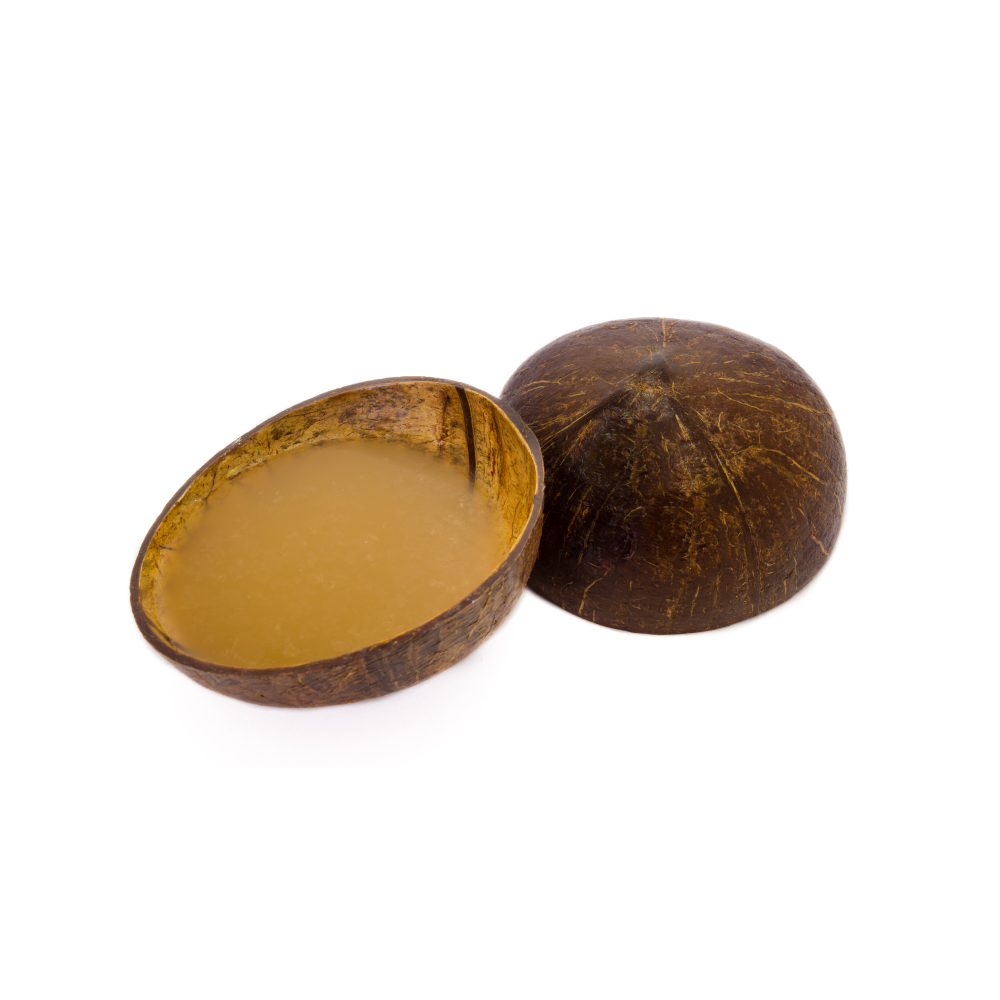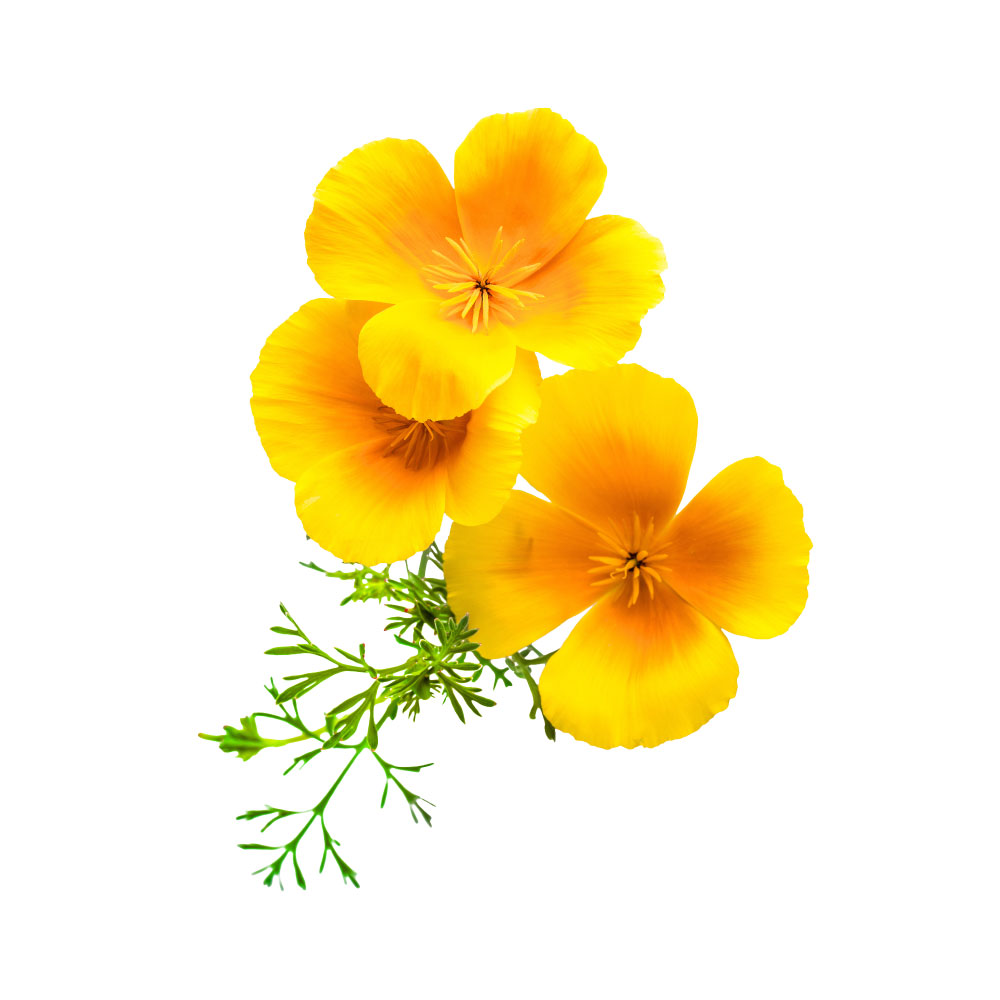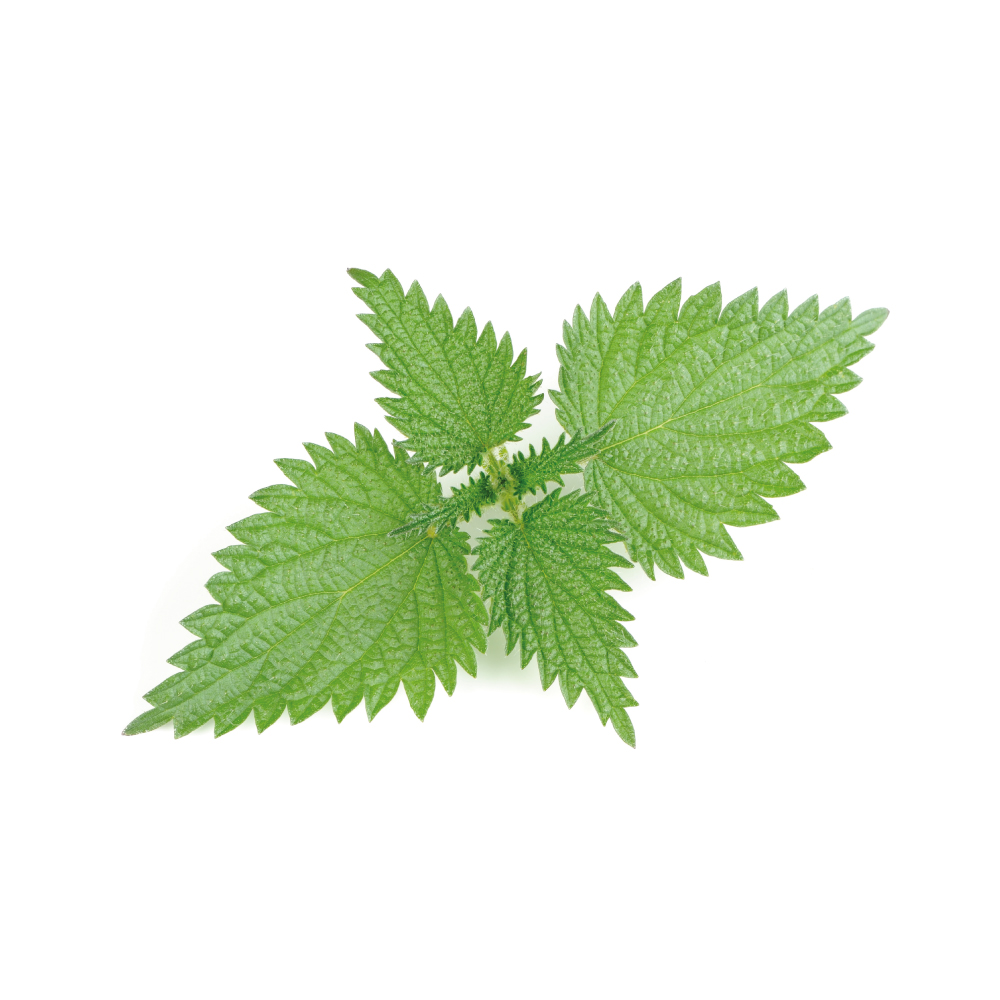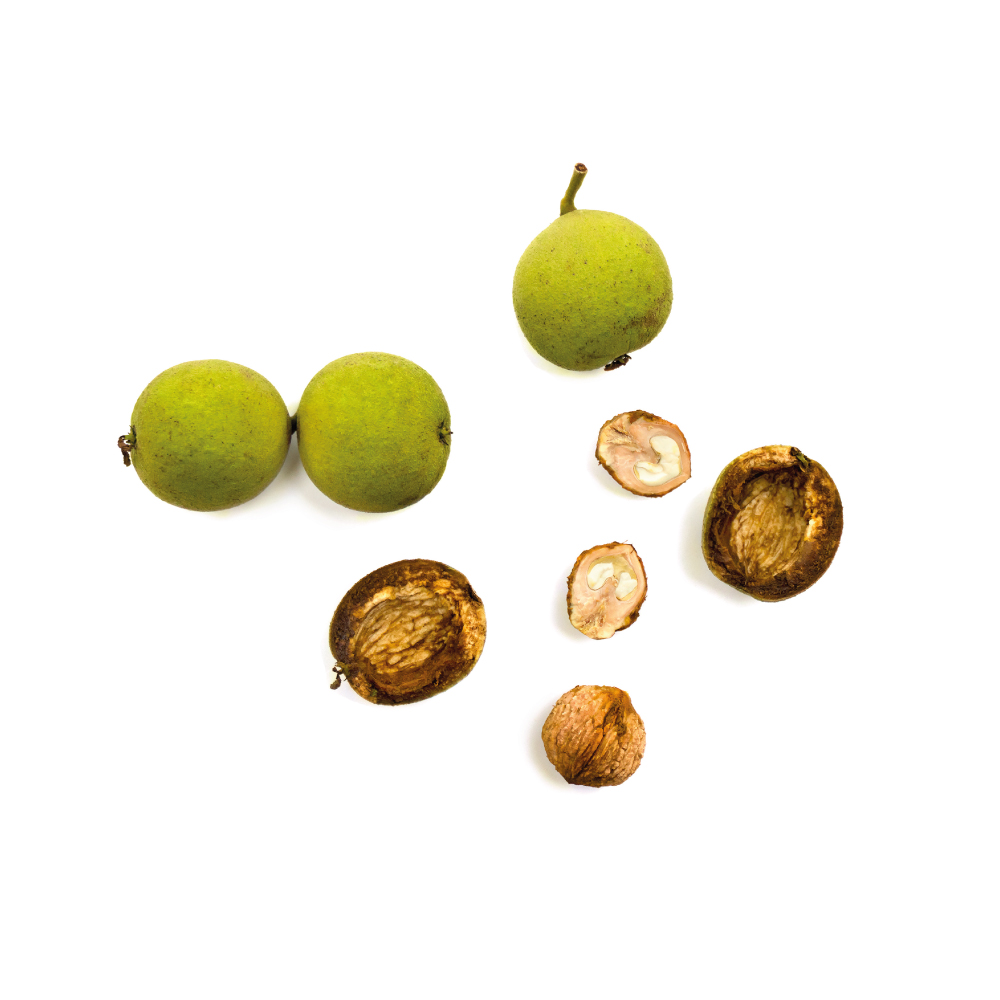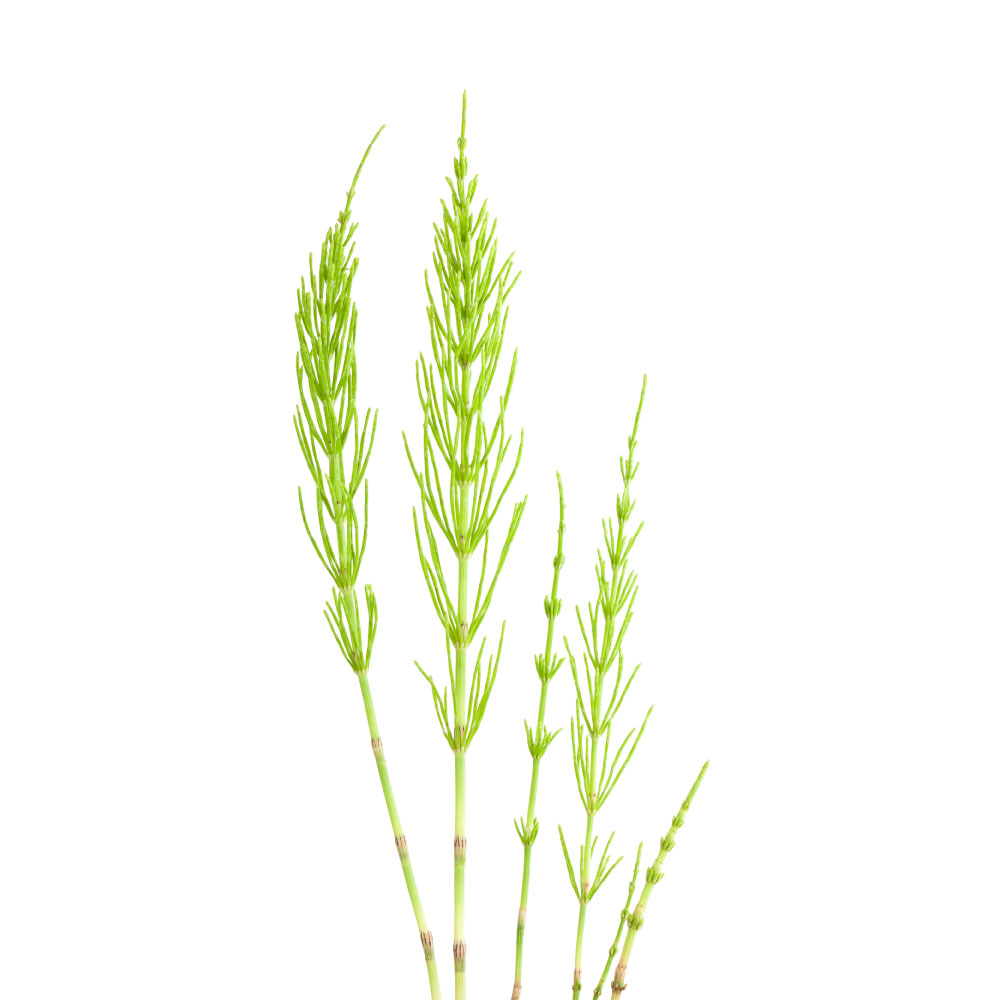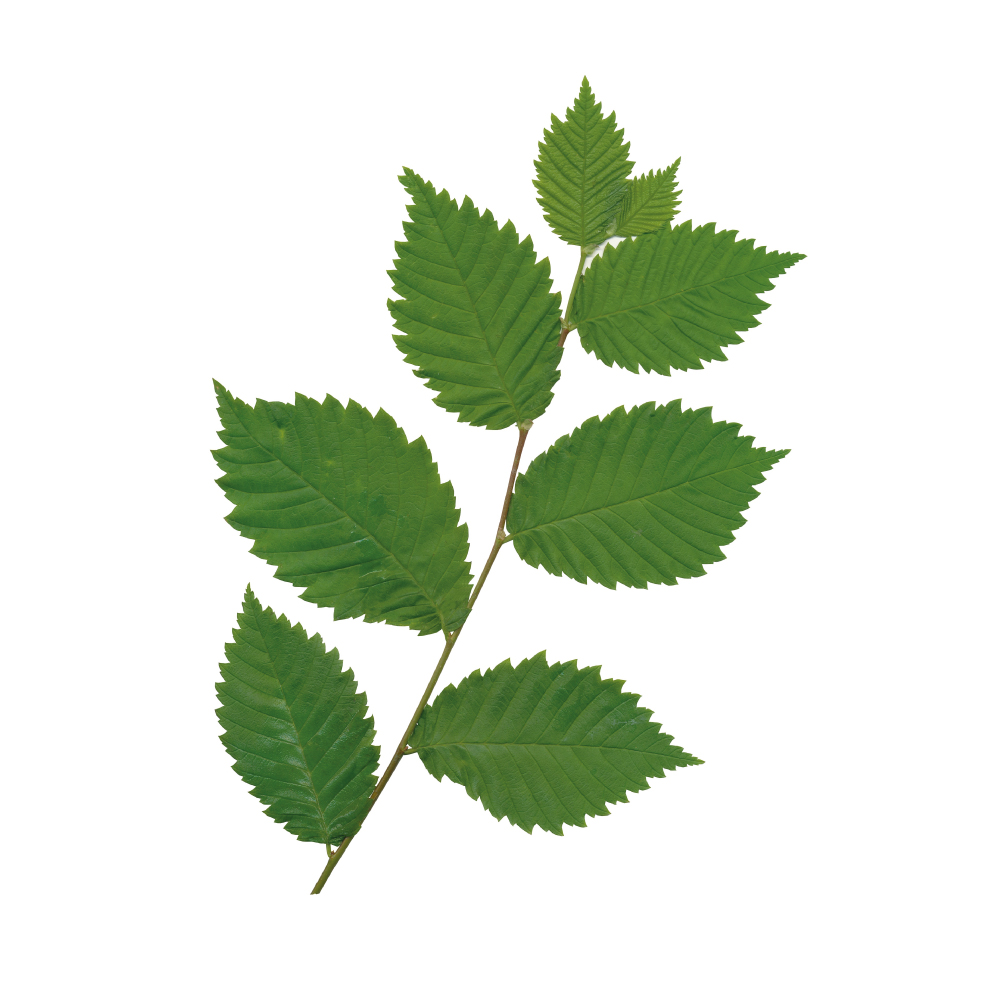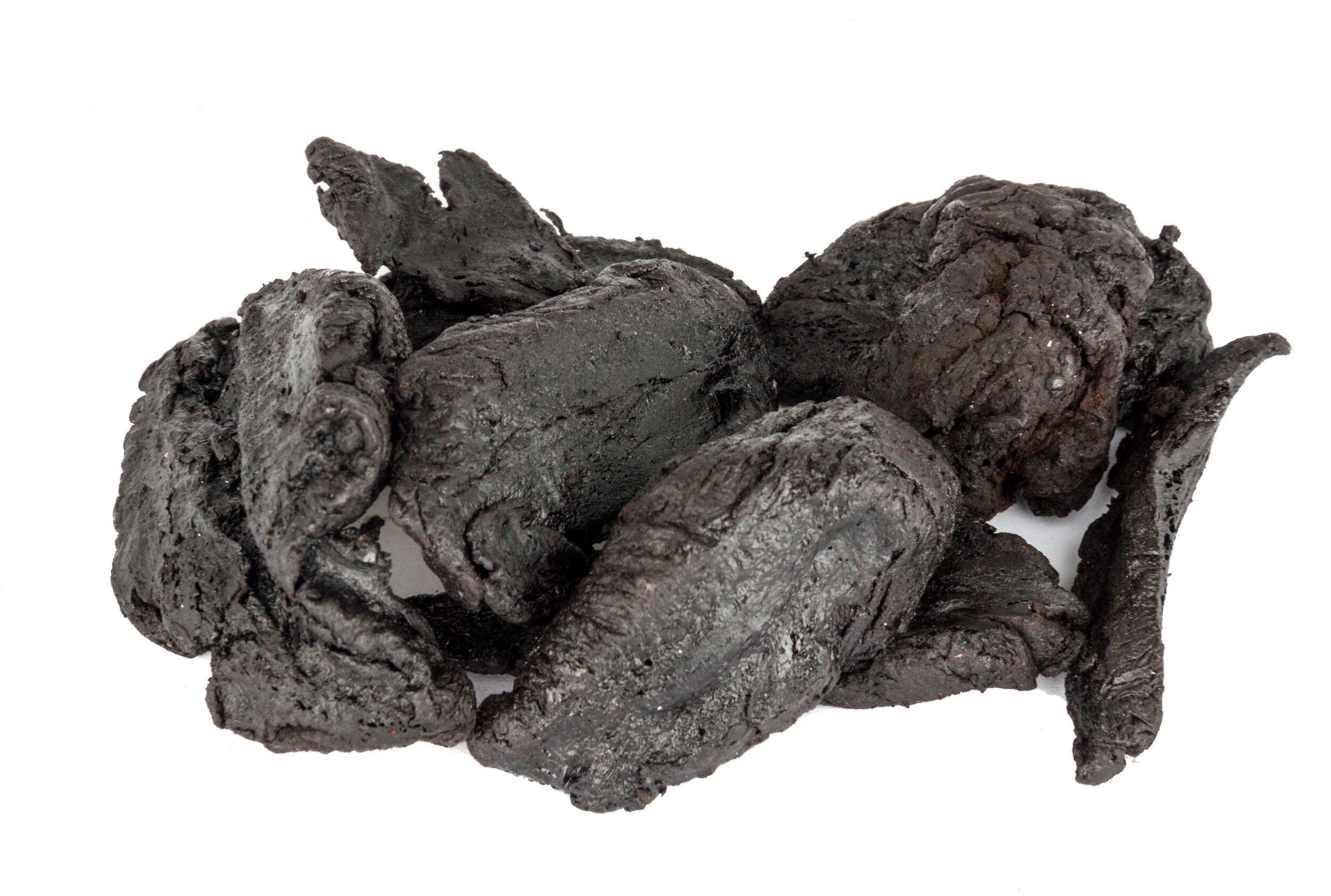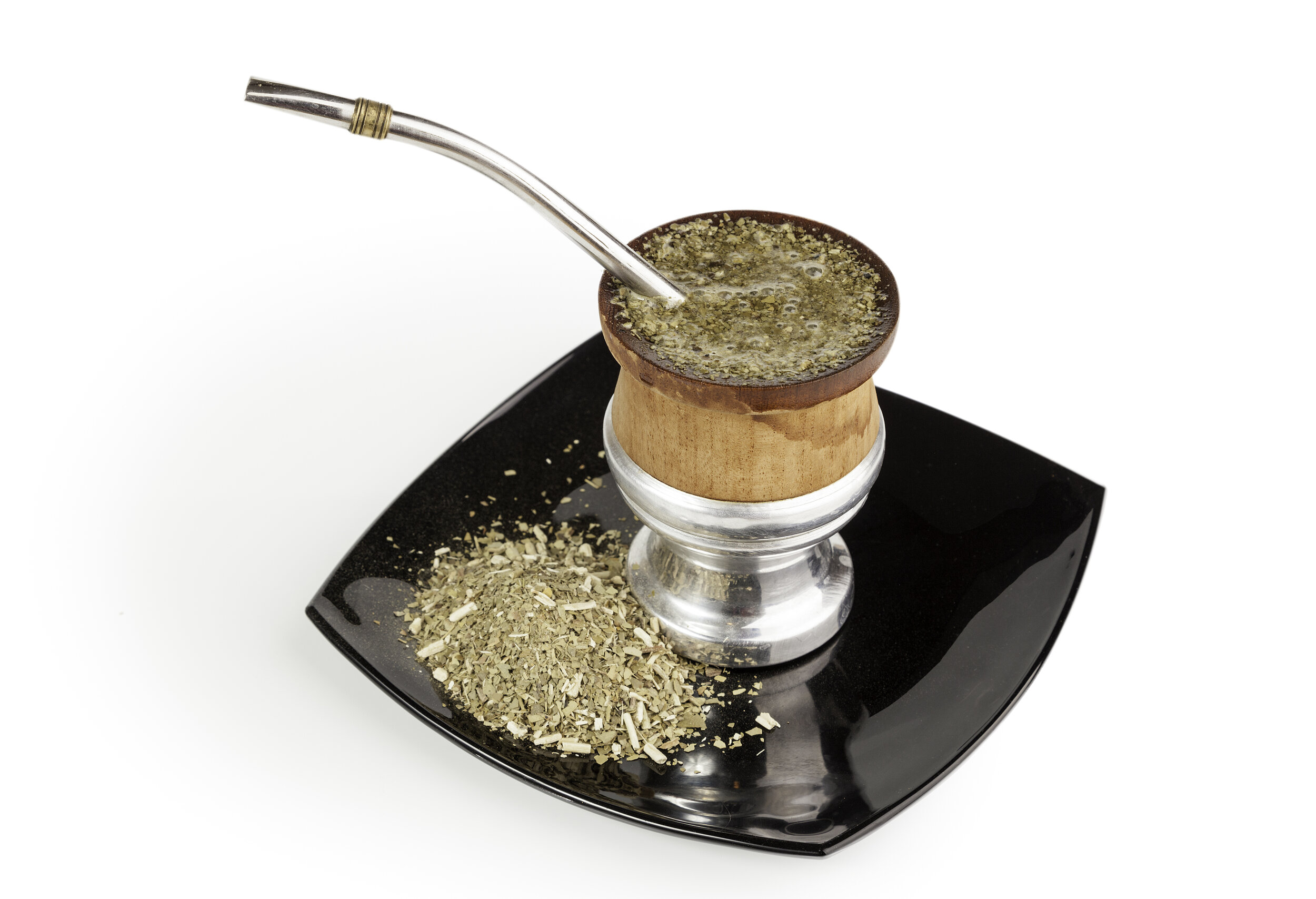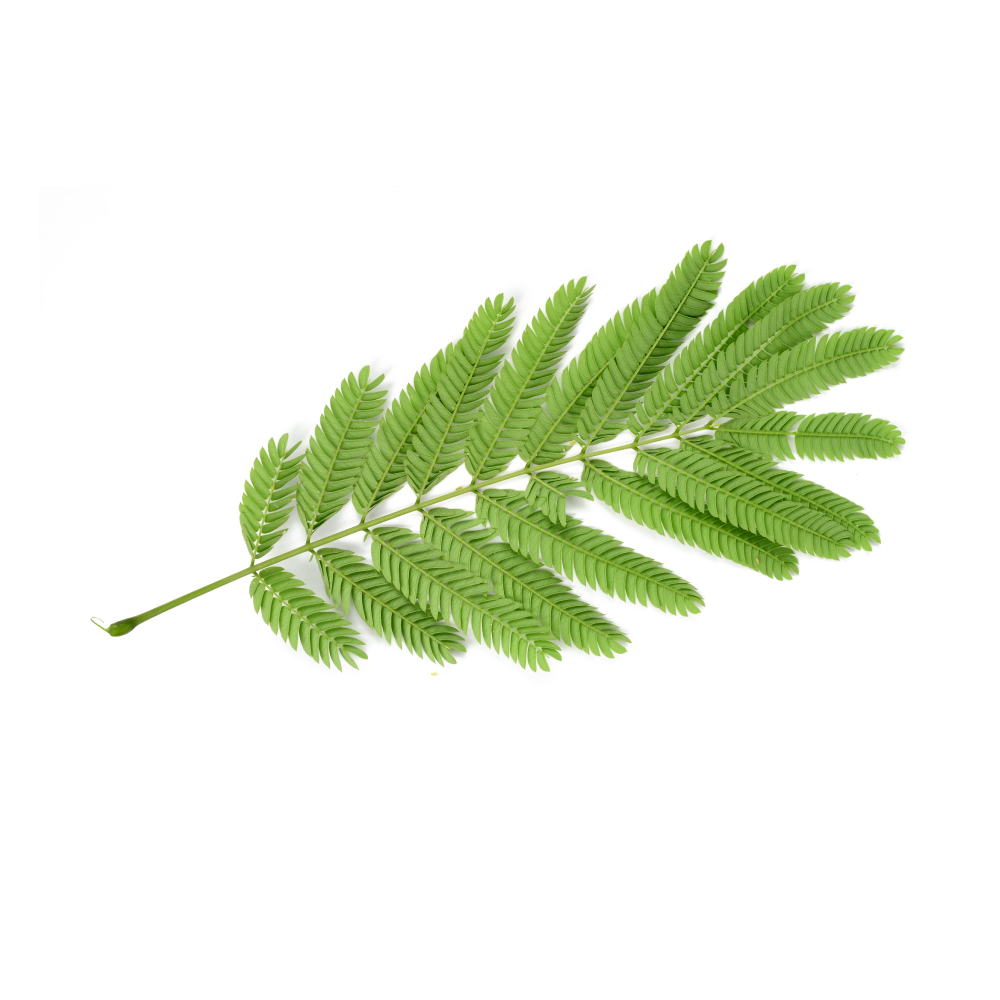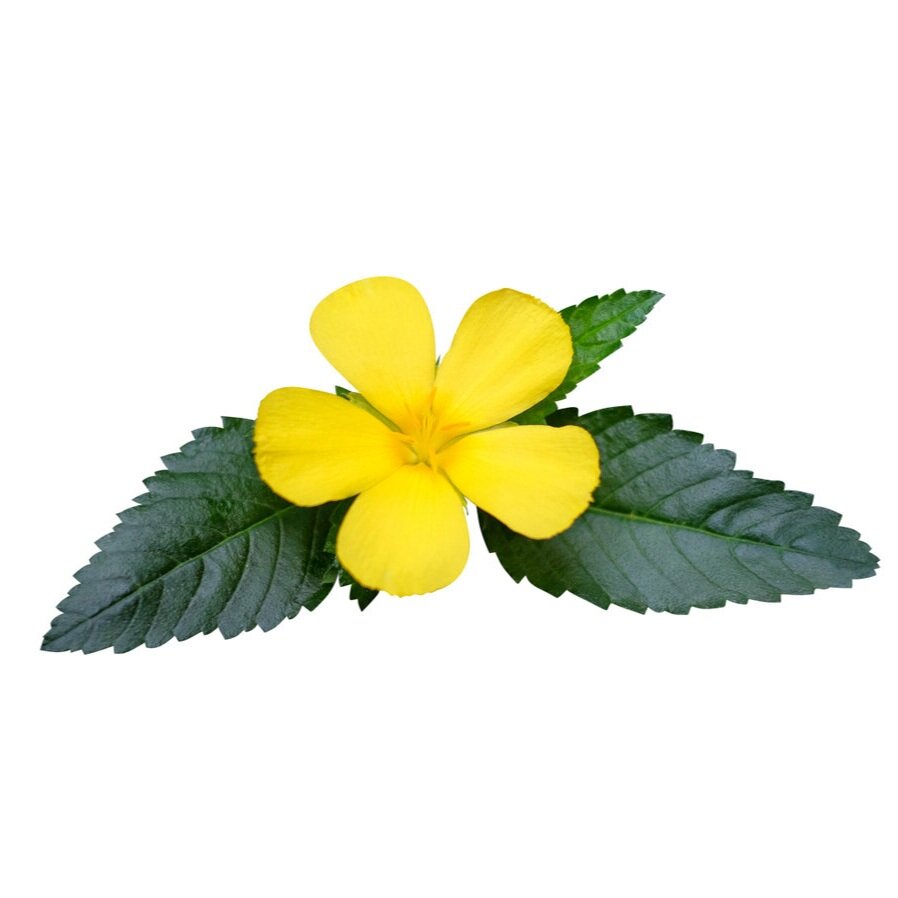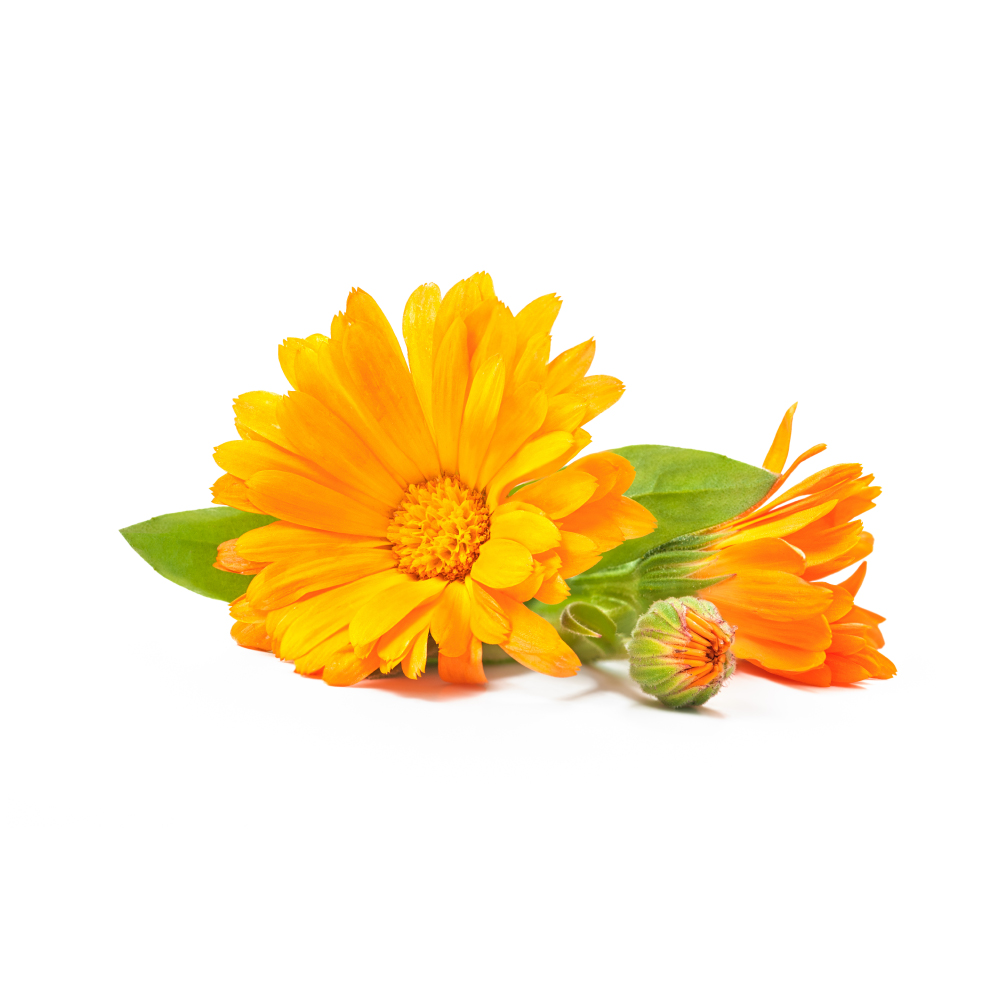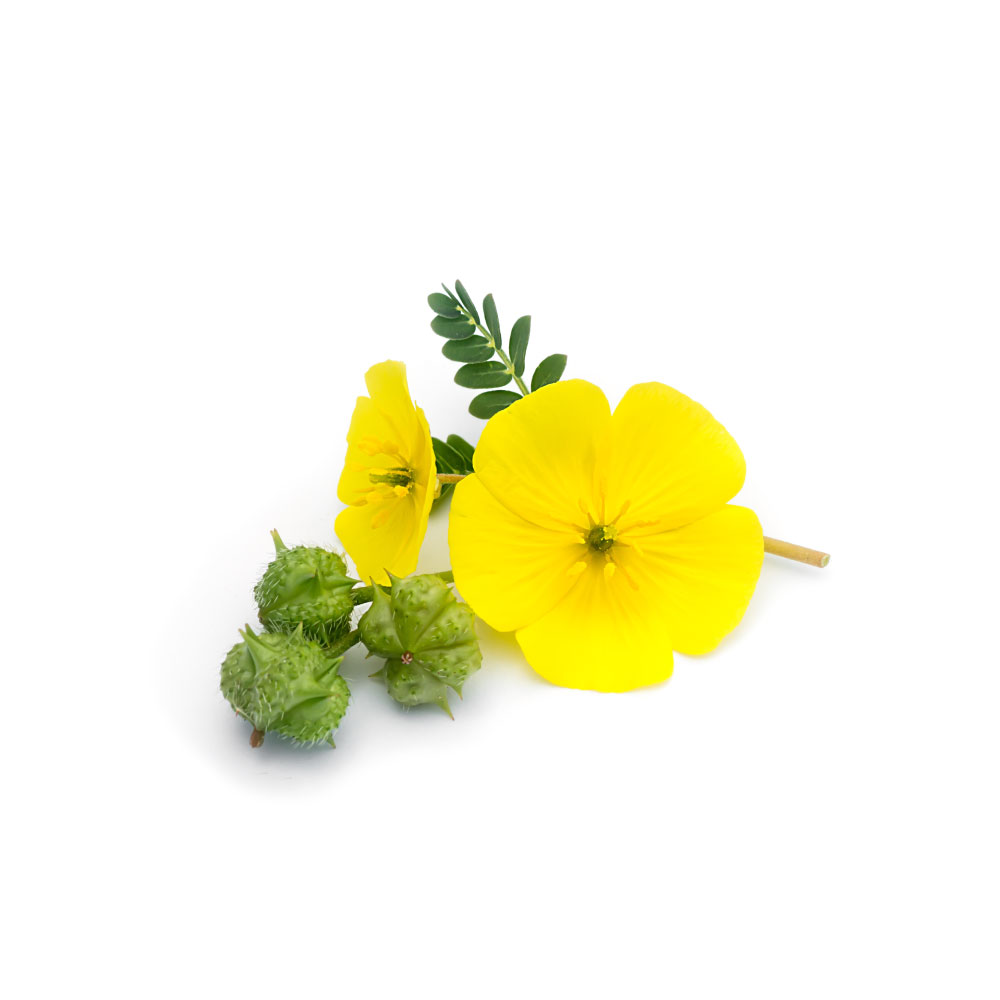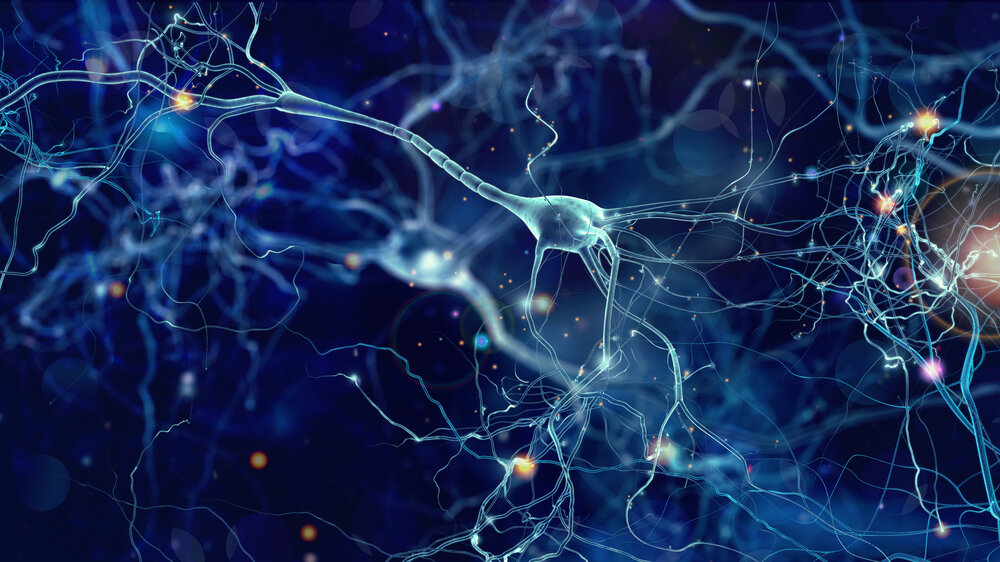Medicinal Plant Species Organised By Herbal Actions
Intro to Herbal Actions:
Herbs can be summarized and organized by their actions.
Understanding the actions of a herb can help identify what how is works, and what it can be used for.
It's important to remember that some herbs have multiple actions and will be listed numerous times on this page.
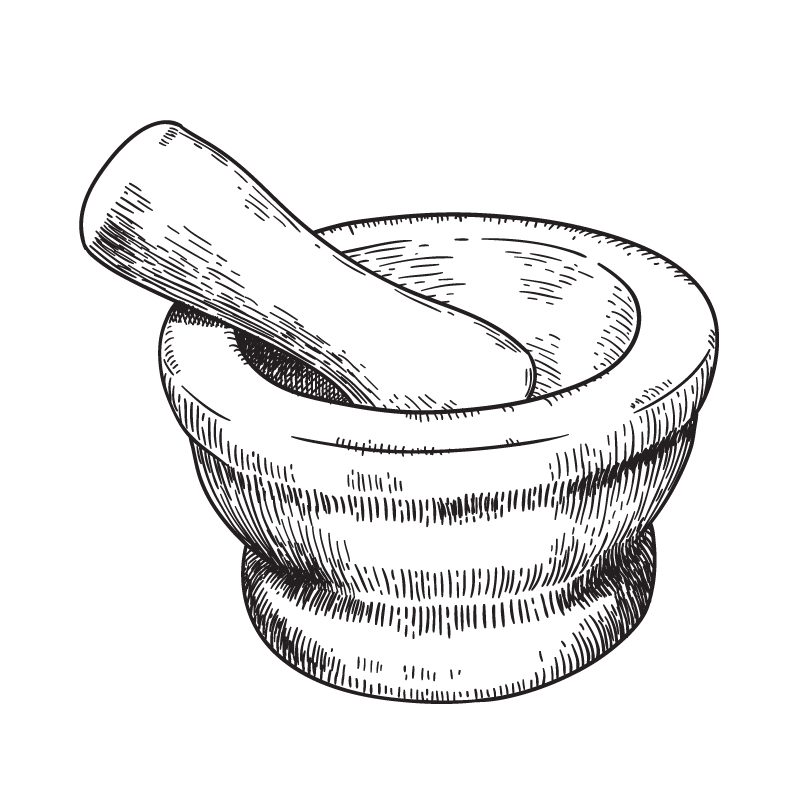
Jump To Herbal Action
Adaptogens Alteratives Analgesics Antilithics Antispasmodics Antioxidants Antiprostatics Antispasmodics Anthlemintics Anti-Inflammatories Anxiolytics Aphrodisiacs Female Tonics Carminatives Diuretics Emmenagogues Hypnotics Hypoglycemics Hypotensives Male Tonics Nervines Nootropics Sedatives Thymoleptics Thyroid Modulators Urinary Antiseptics Urinary Antispasmodics Urinary Demulcents Uterine TonicsAdaptogens
Back To TopAdaptogens are substances that increase the ability of an organism to resist or recover from the physiological changes produced during the stress response.
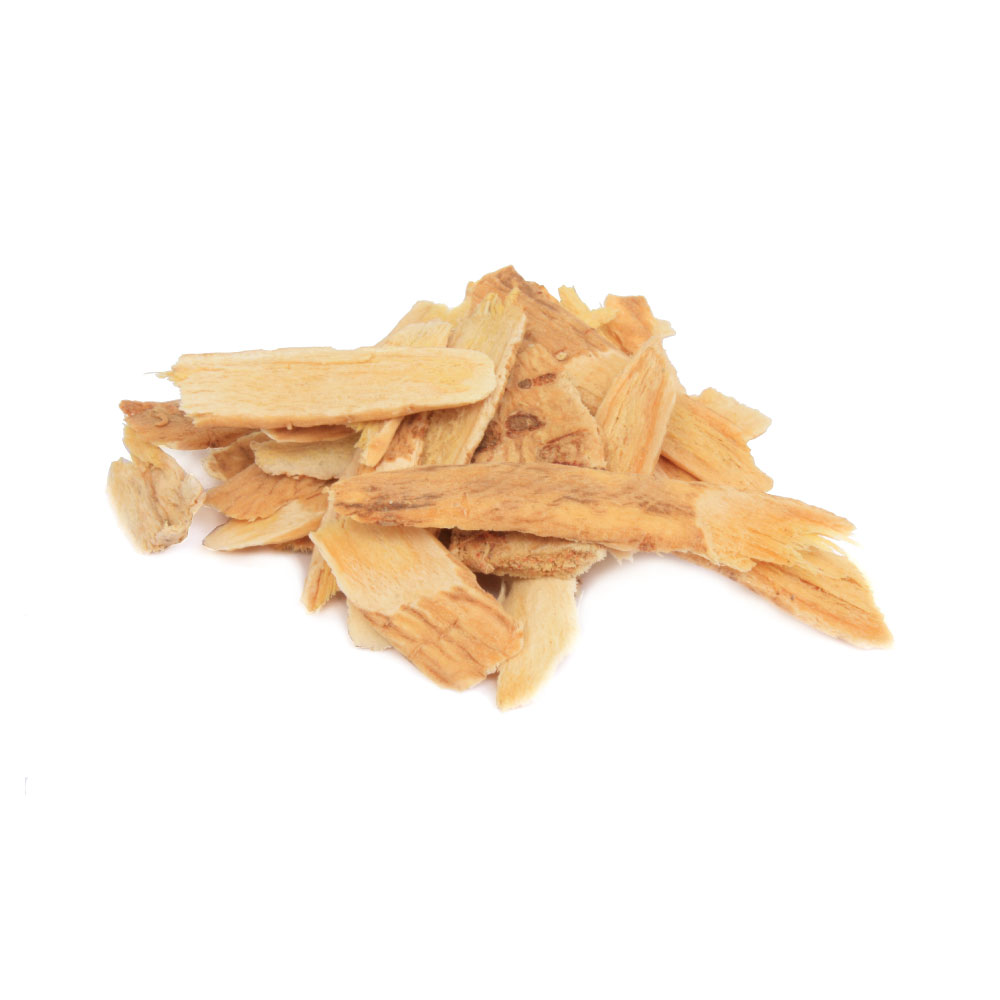
Alteratives
Back To TopAlteratives are similar to adaptogens in that they deliver non-specific improvements to the bodies overall function. Traditionally alteratives were used to "clean the blood". There are many different ways a herb can provide alterative actions on the body.
Analgesics
Back To TopAnalgesic herbs are used to treat pain. They often work by reducing inflammation, or by blocking pain receptors.
Anthelmintics
Back To TopAnthelmintics are any substance used to remove parasitic worm infection. Many of these herbs have toxic compounds that either kill, or inhibit the growth of parasitic worms (Helminths).
Anti-Inflammatories
Back To TopAnti-inflammatories stop the inflamamtory process. There are dozens of different mechanisms a herb can use to stop inflammation depending on the type and what's causing it.
Antilithics
Back To TopAntilithics are used to dissolve or expel stones, usually from the urinary tract or gall bladder.
Antinflammatories
Back To TopAntinflammatories inhibit or prevent the process of inflamamtion in various tissues. There are many different types of antinflammatories. Some inhibit enzymes like COX or 5-LOX, others are more specific to a certain immunoglobulin or prostaglandin.
Antioxidants
Back To TopAntioxidants directly neutralise oxidative agents, or stimulate a hormetic oxidative reactions.
Antiprostatics
Back To TopAn antiprostatic is something that inhibits hyperplasia or inflammation of the prostate gland. They have a variety of different mechanisms. The most common is to inhibit aromatase.
Antispasmodics
Back To TopAntispasmodics reduce the spasticity and contraction of muscle cells. Some are specific to smooth, skeletal, or cardiac muscle, others are more broad.
Anxiolytics
Back To TopAnxiolytics reduce the physiological processes involved with anxiety. They usually work through an inhibitory effect on the sympathetic nervous system, or an agonistic effect on the parasympathetic nervous system.
Aphrodisiacs
Back To TopAphrodisiac herbs increase libido and sexual function. They tend to work through the limbic system, or by regulating hormones. Some have specific effects on sexual organs.
Bitters
Back To TopBitters refer both to a flavour, and an action herbs can provide. Bitters stimulate digestive secretions, and are used for a variety of reasons. They are perhaps some of the most broadly useful herbs available, akin to alteratives and adaptogens, though more specific on digestive function.
Carminatives
Back To TopCarminatives ease contractions of the gastrointestinal wall to relieve flatulence and gas. Many carminative herbs aare high in volatile oils.
Diuretics
Back To TopDiuretics increase the frequency of urination, either by increasing blood flow (and thus filtration) through the kidneys, or by reducing the reabsorption of fluids from the loop of henle.
Emmenagogues
Back To TopEmmenagogues increase bloodflow to the uterus to increase or regulate menstrual flow.
Female Tonics
Back To TopFemale Tonics are herbs that improve the health of the female reproductive system. They may modulate hormones like estrogen or progesterone, or be more specific to a particular organ such as the uterus or ovaries.
Hypnotics
Back To TopHypnotics are substances that induce sleep. It's important to note that there are few truly hypnotic herbs available, and this is a controversial topic among herbal medicine proffessionals. Most herbal hypnotics are better classified as sedatives.
Hypoglycemics
Back To TopHypoglycemic herbs reduce blood sugar levels. This can be through a number of mechanisms, mainly through increased insulin sensitivity, or reduced absorption of glucose from the intestinal tract.
Hypotensives
Back To TopHypotensives reduce blood pressure. Many do this through direct vasodilating effects, others through antinflammatory or antioxidant activities.
Male Tonics
Back To TopA male tonic is a herb that is used to improve the overall health of the male reproductive system. There are many different ways a herb can do this.
Nervines
Back To TopA nervine is a herb that affects the nervous system. This is a very broad classification, which can be broken down more specifically into nervine relaxants, nervine stimulants, and nervine tonics depending on how the herb affects the nervous system.
Nootropics
Back To TopA nootropic is a substance that improves cognitive function. There are many different types, some improve the health of the nerve cells, others affect neurotransmitter balance, and others improve bloodflow o the brain through dilation of the cerebral arteries.
Sedatives
Back To TopSedatives are substances that calm the nervous system. These herbs often overlap with antispasmodics, nervines, and hypnotics.
Thymoleptics
Back To TopA thymoleptic is a substance that improves the mood. Most of these work by regulating hormones and/or neurotransmitter levels.
Thyroid Modulators
Back To TopThyroid modulators regulate the function of the thyroid. They can either stimulate or inhibit various functions fo the thyroid, so it's important to know hwo these herbs will affect the thyroid before using them.
Urinary Antiseptics
Back To TopA urinary antiseptic is an antimicrobial herb that remains active after metabolism and filtration by the kidneys. Not all antimicrobial herbs will remain therapeutically active after they have bene fully metabolised by the liver and filtered via the kidneys.
Urinary Antispasmodics
Back To TopA urinary antispasmodic is used to reduce spasms of the urinary tissues. They are often similar to other antispasmodics, but need to remain active after metabolism and excretion through the kidneys in order ot be considered as a urinary antispasmodic.
Urinary Demulcents
Back To TopA urinary demulcent has soothing and restorative effects on the urinary tissue. Many of these herbs are high in mucilage.
Uterine Tonics
Back To TopUterine tonics improve the tone of the uterus. This often comes as a byproduct of increasing bloodflow to the uterus. Many of these herbs are also considered emmenagogues.
Author:
Justin Cooke, BHSc
The Sunlight Experiment
